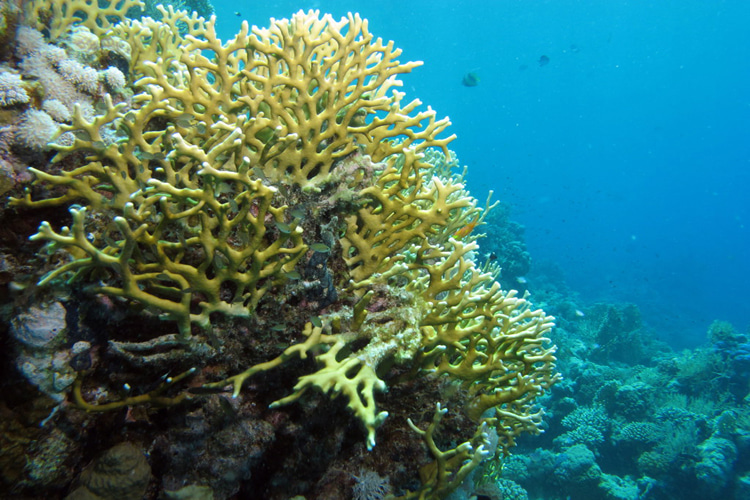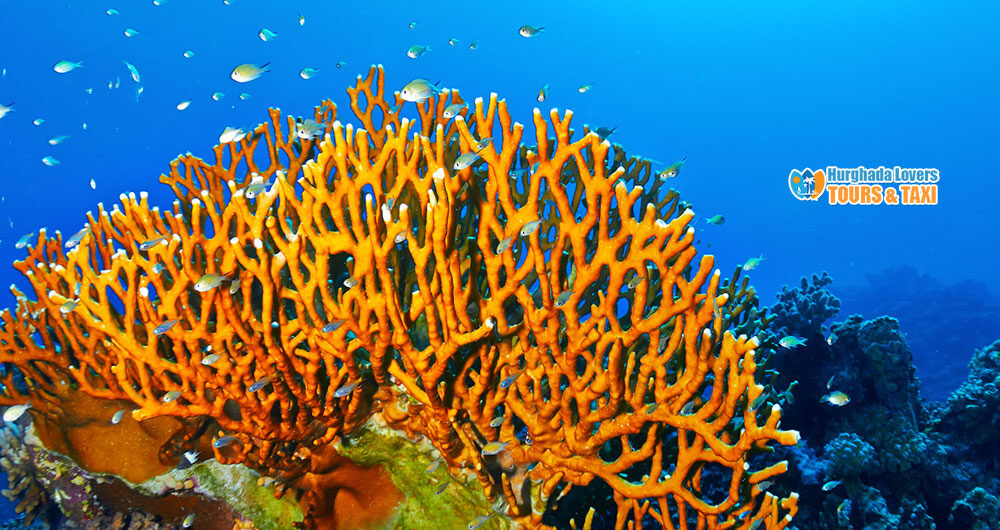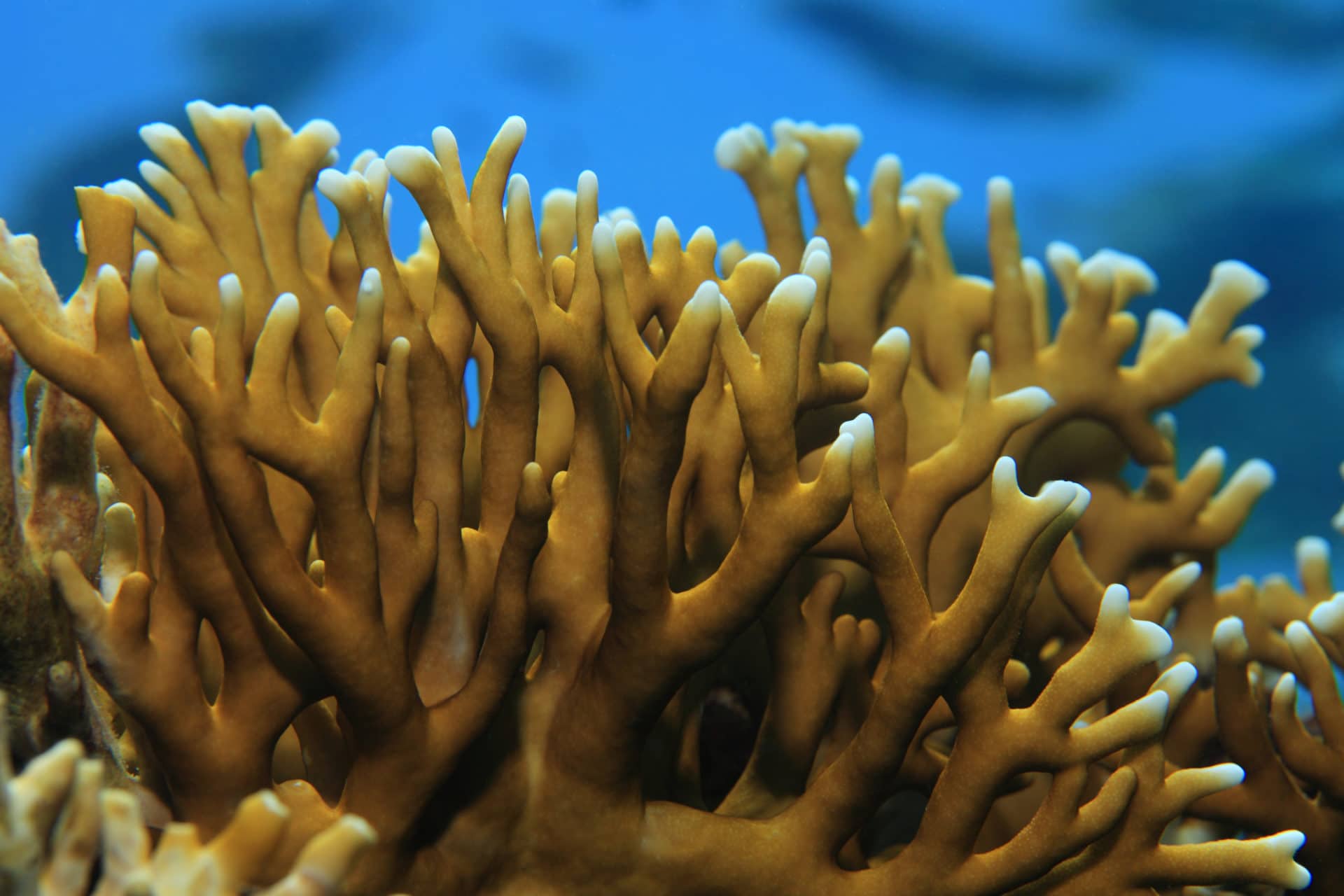Formidable Tips About How To Treat Fire Coral
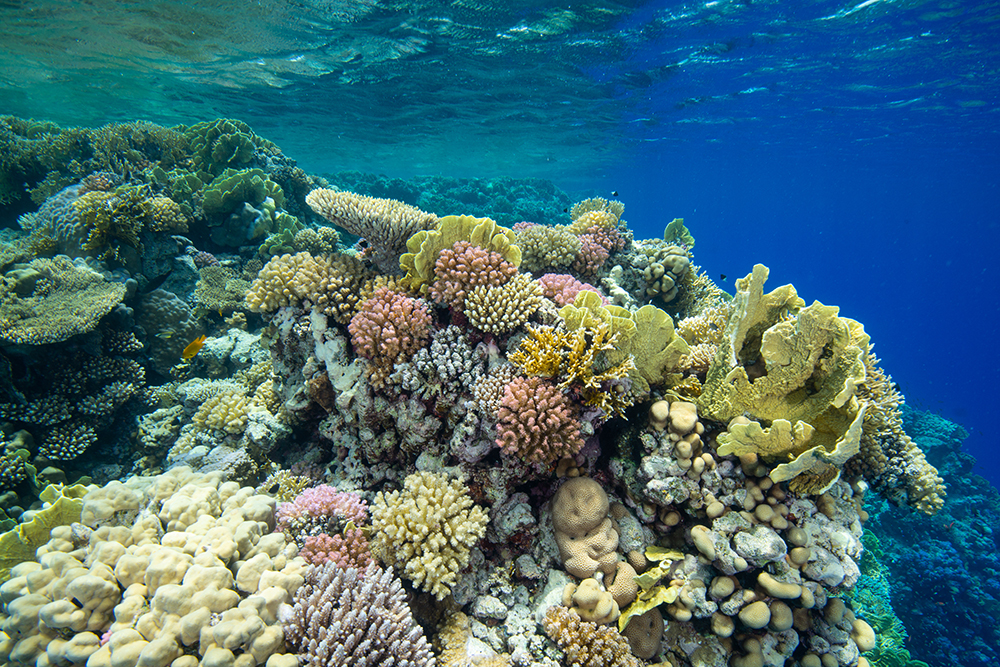
In australia they are often referred to as “bommies”.
How to treat fire coral. If you do come in direct contact with fire coral, don’t panic. Contacting them with a simple rub can cause mechanical activation and envenomation. Apply topical acetic acid (vinegar) or isopropyl alcohol.
Clean the wound with soapy water; They have the ability to grow either as. Irritation from skin contact with certain species of coral is caused by the animal “stinging” the diver.
This treatment can inactivate the venom (toxin). Make sure to change the dressing regularly, and to seek further. Biology the polyps of fire corals are near microscopic size and are mostly embedded in the skeleton and connected by a network of minute canals.
September 9, 2022 any ocean trip is bound to be fun, but you should always pay attention to hazardous marine life. You should get a tetanus shot and treat the wound with a combination of triple antibiotic/steroid cream until healing occurs. Thoroughly rinse the coral cuts with clean, fresh water;
How to cure fire coral rash? All that is visible on the smooth. Boulder corals ( porites) can grow to more than 10m high and live for more than 600 years.
Scrub the wound with a clean toothbrush to remove small particles of coral that may be. You had an atypical reaction to fire coral. Fire corals resemble typical stony corals but are actually close relatives of jellyfish;
Fire coral cuts treatment. What are the best ways to treat an encounter with fire coral? If the wound does not appear to be healing.
Swim back to shore, rinse thoroughly with. Luckily, there are warning signs on popular beaches that tell you if. Here are a few things to do to cure or treat the stings.
Corals such as fire corals are cnidarians, so they contain nematocysts. Avoid freshwater because it will increase pain. The following guidelines are suggested to treat fire coral cuts:
Avoid fresh water because it will increase pain. How to treat stings, really the mayo clinic recommends rinsing the area with vinegar, carefully plucking out any visible. Scientifically known as millepora, fire corals fall under the hydrocorals class and not that of corals.
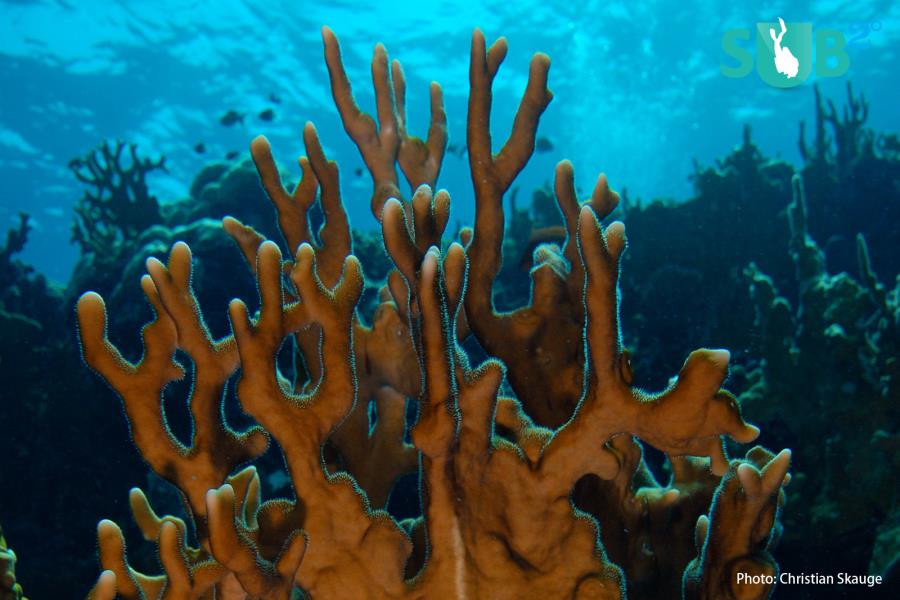
/Fire-Coral-Horizontal-58b8e7773df78c353c25574e.jpg)
:max_bytes(150000):strip_icc()/Fire-Coral-Polyps-Horizontal-58b8e77f5f9b58af5c915b3c.jpg)
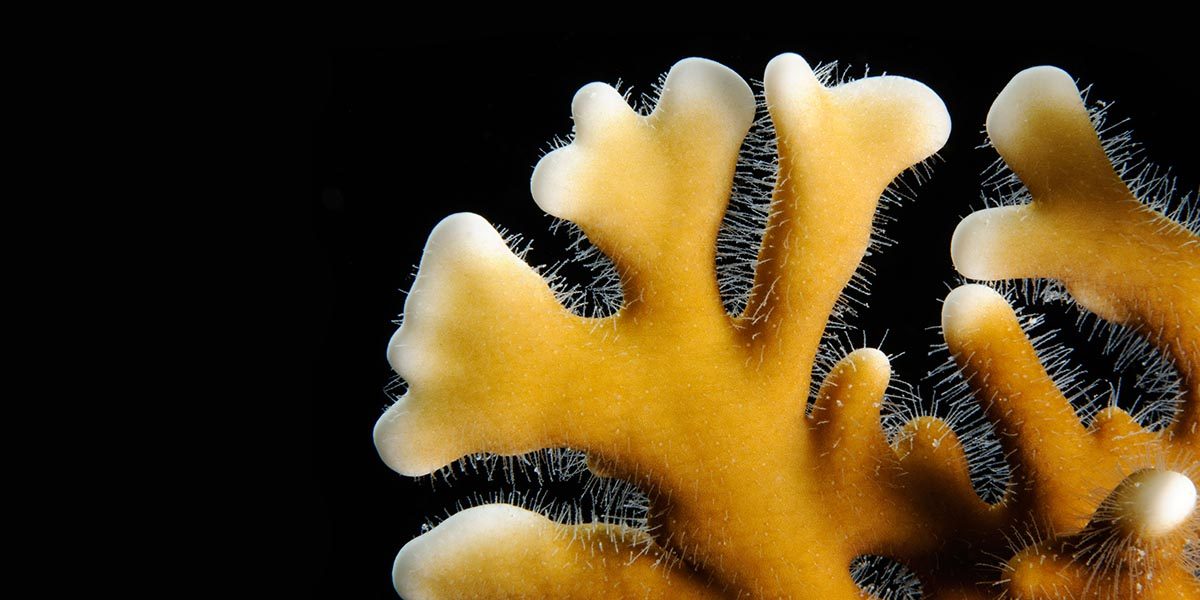


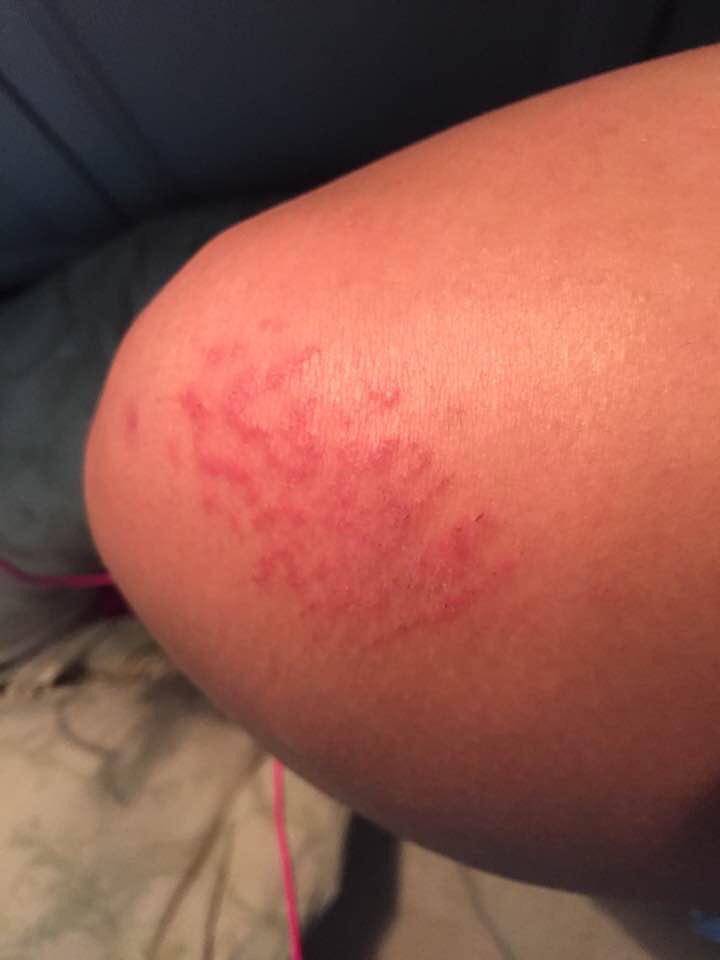

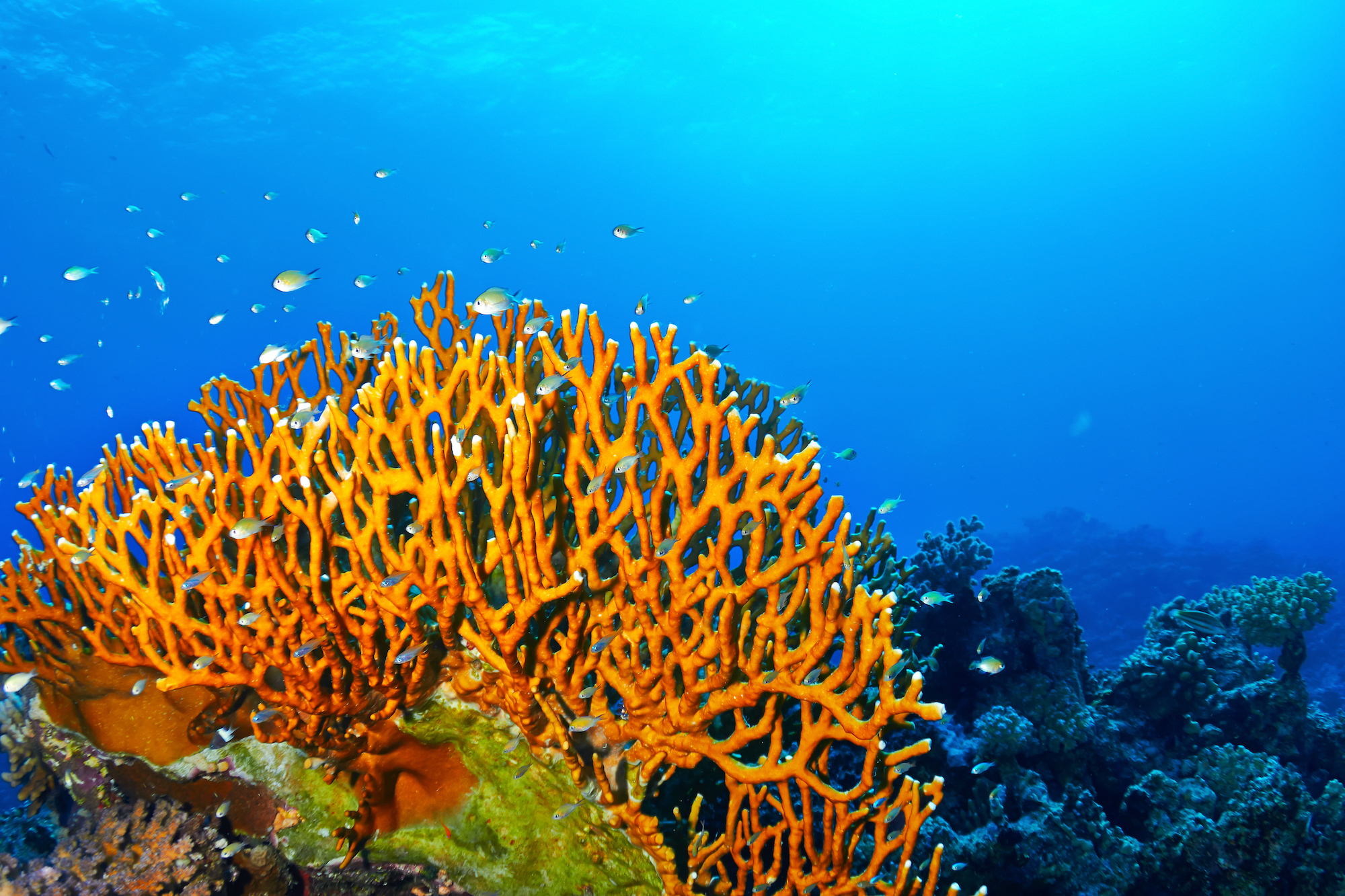
:max_bytes(150000):strip_icc()/underwater-world-of-red-sea--857972502-5b92ff7046e0fb002577b1c4.jpg)
:max_bytes(150000):strip_icc()/Fire-Coral-2-Vertical-58b8e7855f9b58af5c915d4c.jpg)
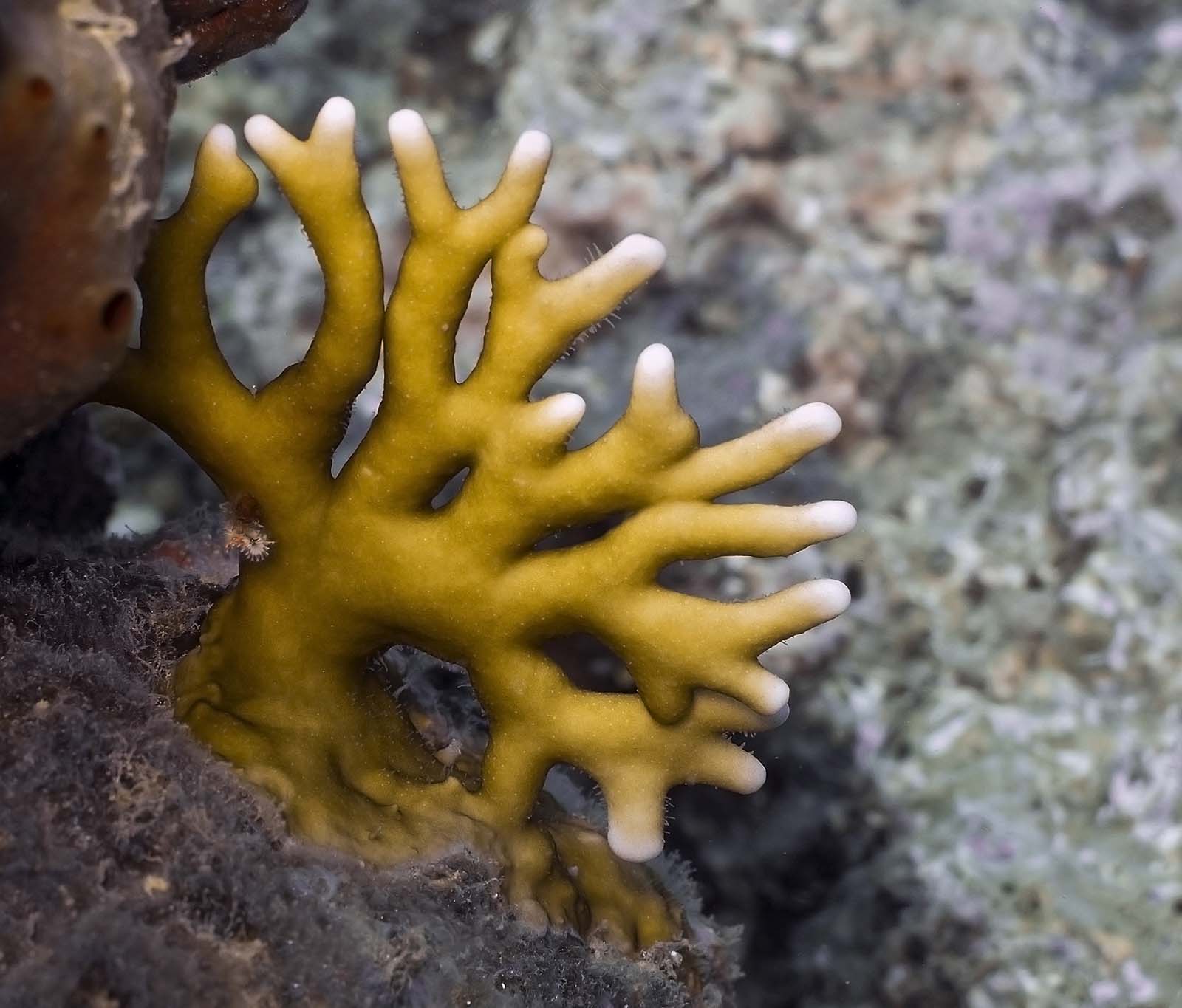
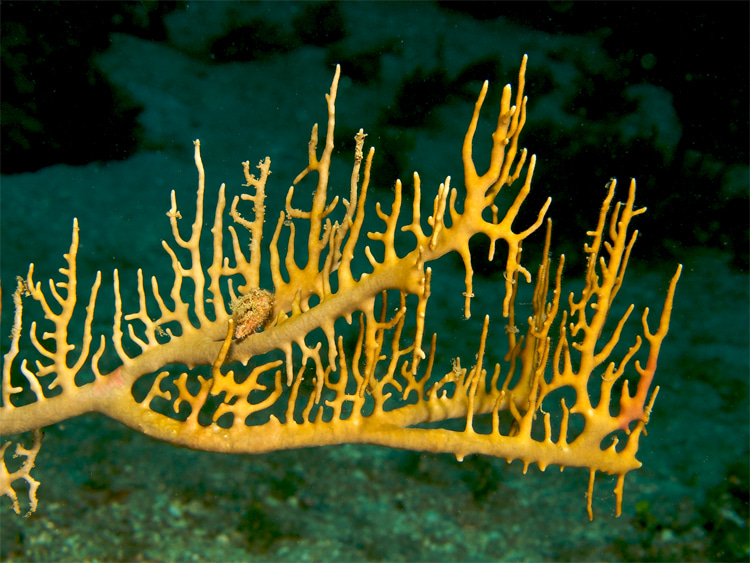
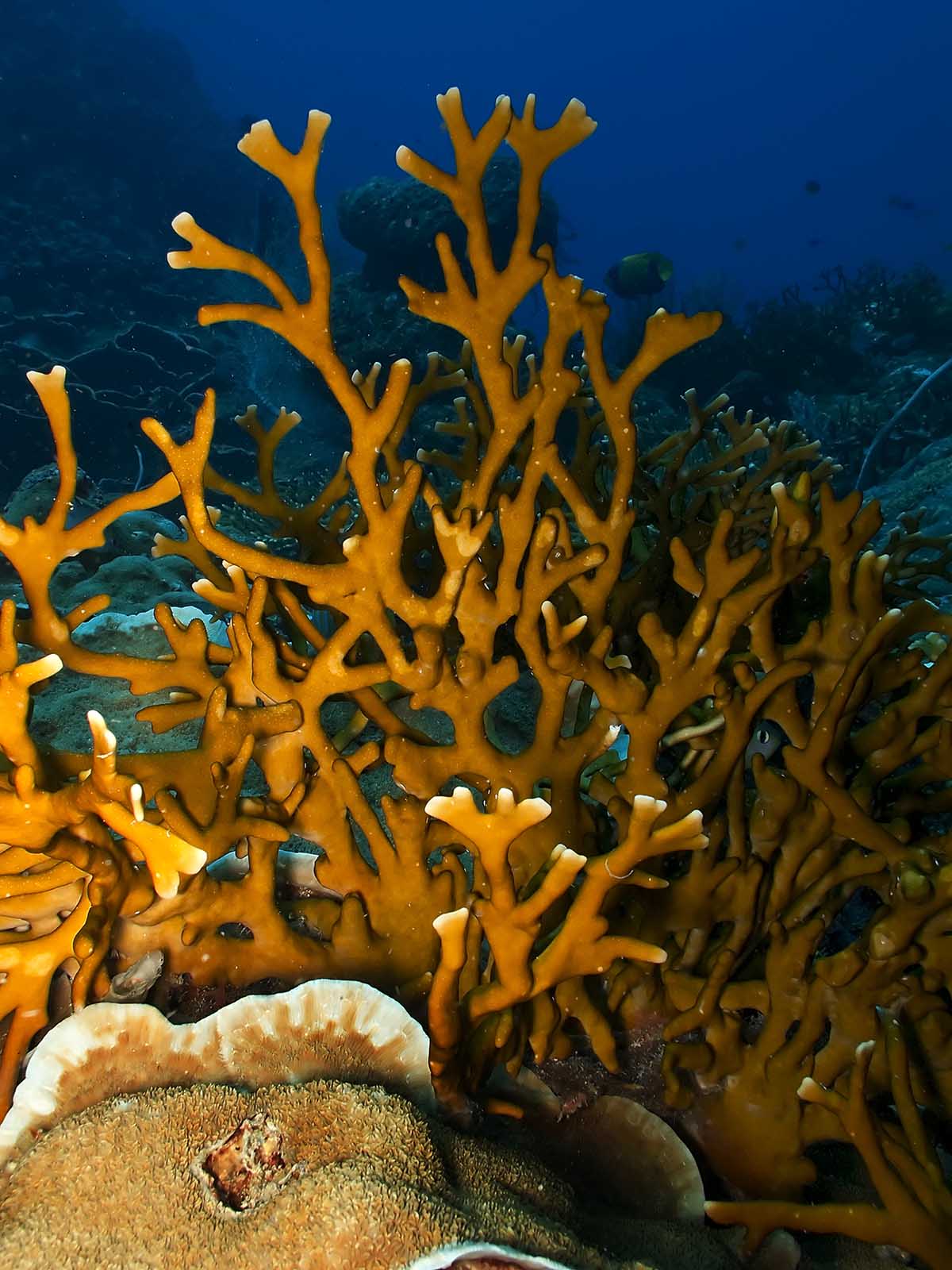
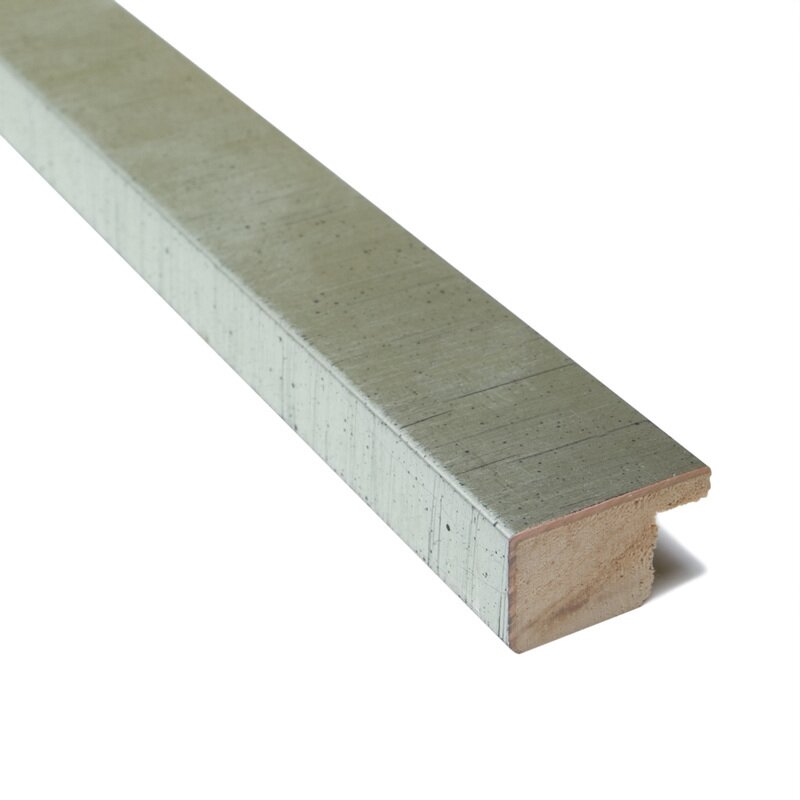
/Fire-Coral-and-Christmas-Tree-Worms-58b8e76e3df78c353c255474.jpg)
